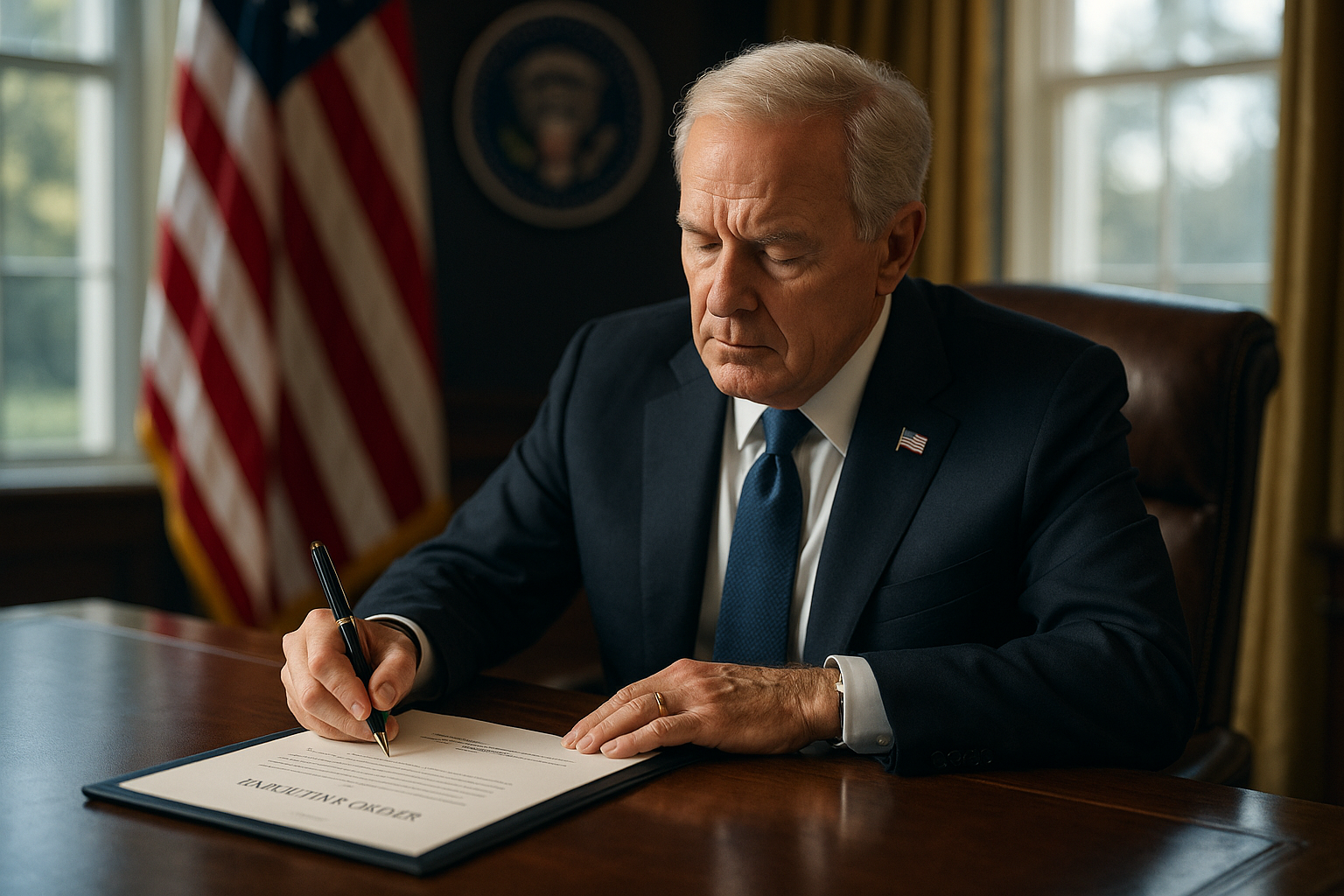Evaluating the Role of Executive Orders in American Governance
The power of the pen has long been recognized as a vital tool in the hands of the President of the United States. Through executive orders, the president can implement policies and procedures that have far-reaching implications for American society. This article will explore executive orders, their historical context, implications, and the current debates surrounding their usage.

A Historical Glimpse into Executive Orders
Executive orders are directives issued by the President of the United States that manage operations of the federal government. The legal authority for executive orders comes from the Constitution, which vests “executive power” in the president. The first executive order was issued by President George Washington in 1789, and since then, every president has issued orders that have shaped the nation’s policy and governance.
The Power and Limitations of Executive Orders
Executive orders have the same force of law as legislation passed by Congress, subject to judicial review. They have been used to enact significant policy changes, like the Emancipation Proclamation by President Lincoln or President Roosevelt’s order authorizing the internment of Japanese-Americans during World War II. However, they are not without limitations. Executive orders cannot violate the Constitution or existing laws, and they can be overturned by federal courts or subsequent executive orders.
Executive Orders in Recent Times
In recent administrations, executive orders have become a significant tool for policy-making, particularly when the president’s party doesn’t control Congress. For instance, President Obama used executive orders to make changes to immigration policy, while President Trump used them to reverse many of Obama’s policies. The current administration under President Biden continues this trend with a focus on climate change and racial equity.
Implications and Impact on Society
The use of executive orders has both positive and negative implications. On the positive side, they allow the president to act quickly and decisively in times of crisis. However, critics argue that executive orders can circumvent the democratic process and lead to an imbalance of power. The impact on society is profound, as these orders can affect everything from civil rights to environmental policy.
The Ongoing Debate
The debate over the use and potential abuse of executive orders is ongoing. Supporters argue that executive orders allow for swift action in a political climate often characterized by gridlock. Detractors, however, caution against the overuse of executive orders, warning that they can lead to an “imperial presidency.”
In conclusion, executive orders are a critical tool in the president’s arsenal. However, their use, like any form of power, requires careful scrutiny and balance to ensure the principles of democracy are upheld. As such, the debate surrounding executive orders is not just about policy but also about the fundamental values and balance of power in American governance.




